Windows 10 is a widely popular operating system that, despite its commendable speed, still faces certain issues that can leave users wary of potential performance glitches with each new update. Furthermore, older PCs may experience a decline in performance over the years, and the use of numerous applications can contribute to gradual slowdowns.
In this article, we will provide you with effective hacks to significantly enhance the speed and overall performance of Windows 10. These strategies are particularly useful for users looking to optimize their experience on both new and aging devices. Let’s delve into these steps to discover how to boost the performance of Windows 10.
How Can Windows 10 be Sped up using 15 ways?
1. Change Your Power Settings
If your Windows 10 is set to “Power saver,” it’s intentionally slowing down to save energy. This plan reduces your PC’s performance. Even desktop computers usually come with a “Power saver” plan. To boost your PC’s speed, switch from “Power saver” to either “High performance” or “Balanced.”
Here’s how:
- Open the Control Panel and go to Hardware and Sound > Power Options.
- You’ll see options like Balanced and Power saver. Look for the High performance setting by clicking the down arrow for additional plans.
- Choose the plan you want (High performance for maximum speed, Balanced for a compromise, or Power saver for maximum battery life).
- Exit the Control Panel.
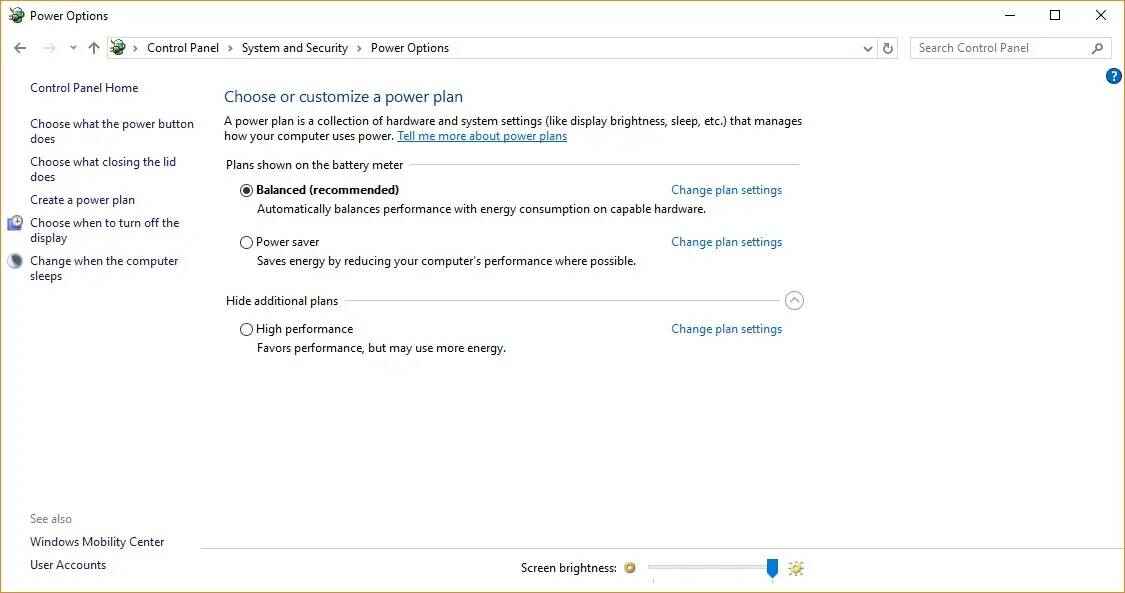
Keep in mind, High performance provides the most speed but uses more power. Balanced finds a middle ground, and Power saver prioritizes battery life. For desktops, High performance is recommended, and for laptops, consider Balanced when unplugged and High performance when plugged in for the best experience.
2. Check For The Latest Updates
To optimize your PC’s performance, it’s crucial to keep Windows 10 up to date. Microsoft regularly releases updates, addressing common bugs and system errors that can impact performance. These updates might include minor fixes or significant changes aimed at seeking the latest device drivers to enhance your PC’s performance.
Here’s how to check for updates:
- Open the Windows menu.
- Select Settings.
- Click on Update & Security.
- Choose Windows Update.
- Click on Check for Updates.
- If updates are available, select Install Now.
- Restart your PC.
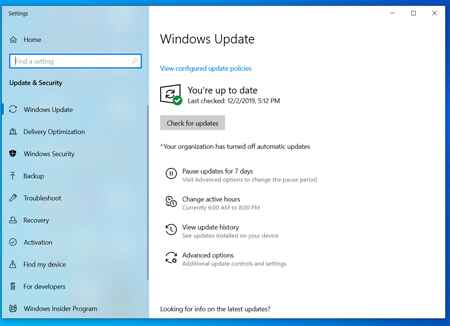
After the restart, assess whether your PC’s performance has improved. This routine check ensures that your system benefits from the latest enhancements and fixes provided by Microsoft.
3. Disable Startup Programs
Startup programs can significantly slow down your Windows 10 PC by consuming valuable resources. These are applications that automatically run in the background the moment you start your computer, even if you haven’t opened them manually. To address this issue and speed up your PC, follow these steps:
1. **Access Task Manager:**
– Right-click on the Taskbar.
– Choose “Task Manager” from the menu that appears, or simply press Ctrl + Shift + Esc.
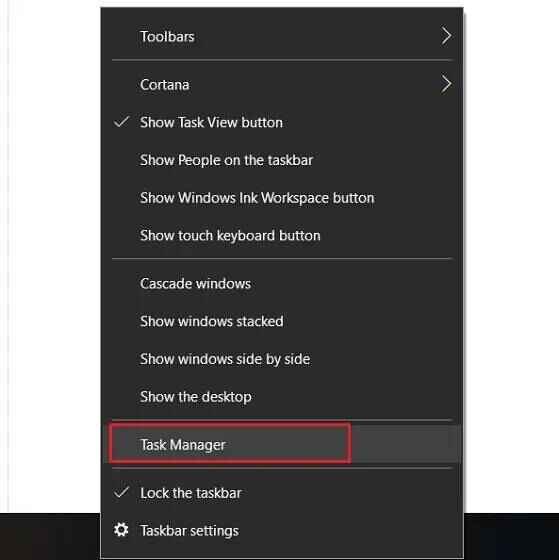
2. **Navigate to the “Startup” Tab:**
– Once in Task Manager, switch to the “Startup” tab.
3. **Identify High-Impact Apps:**
– Look for unnecessary apps that have a higher impact on the system. You can sort them by clicking on the “Startup Impact” label to identify resource-hungry programs.
4. **Disable Unnecessary Apps:**
– Right-click on the applications you find unnecessary.
– Select “Disable” from the context menu.
– Repeat this process for each unnecessary app listed.
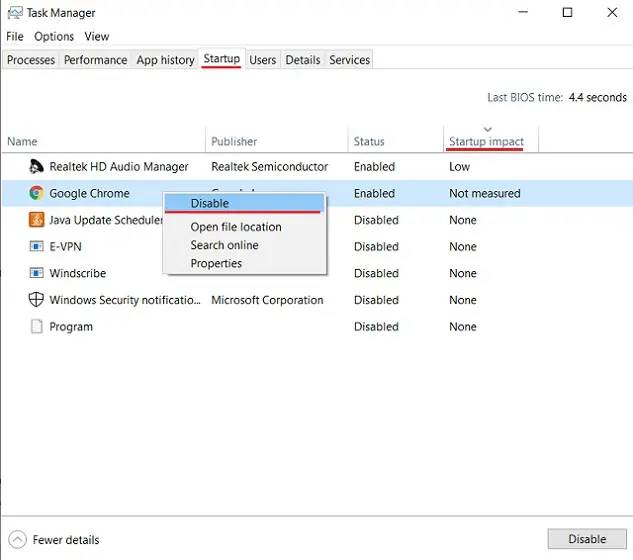
By disabling these startup programs, you prevent them from running automatically when your computer starts. This not only frees up system resources but also speeds up the boot time of your Windows 10 PC.
4. Scan your PC for malware to Speed up Windows 10
In the pursuit of optimizing your Windows 10 PC’s speed, addressing the potential threat of malware is crucial. Malicious software has been a persistent concern, prompting Microsoft to integrate an antivirus tool known as Windows Defender into their operating system.
A lagging Windows 10 system could be attributed to a clandestine application camouflaged as a system update or under a different guise. To counteract this, it is advisable to routinely scan your PC for malware using either Windows Defender or a reputable third-party antivirus software. This proactive measure not only ensures the security of your system but also contributes to maintaining optimal speed and performance.
5. Adjust or Disable Graphics and Animations
Windows operating systems come with a range of graphics features, including animations such as fading effects and flyouts, which enhance the look and feel of applications. Although these graphics provide a sleek and polished appearance, they can also impact your computer’s speed.
To address this issue, it’s recommended to adjust or disable these settings in the latest version of Windows. This action may help to conserve processing power and improve overall system performance. Adjusting or disabling these visual effects helps to strike a balance between aesthetics and functionality, ensuring that you experience a smoother interface on your Windows OS.
6. Disable Game Mode
For avid gamers, Game Mode is a familiar feature that optimizes a PC for gaming experiences. While beneficial during gameplay, it can have downsides when the system is idle, as it reserves some resources for potential gaming sessions, leading to occasional stability issues and system slowdowns.
To give your PC a quick boost, especially when not engaged in gaming, consider turning off Game Mode. This feature is enabled by default, even if you’ve never played a game on your PC. To disable it:
- Go to Settings.
- Navigate to Gaming.
- Select Game Mode.
- Move the Game Mode slider to Off.
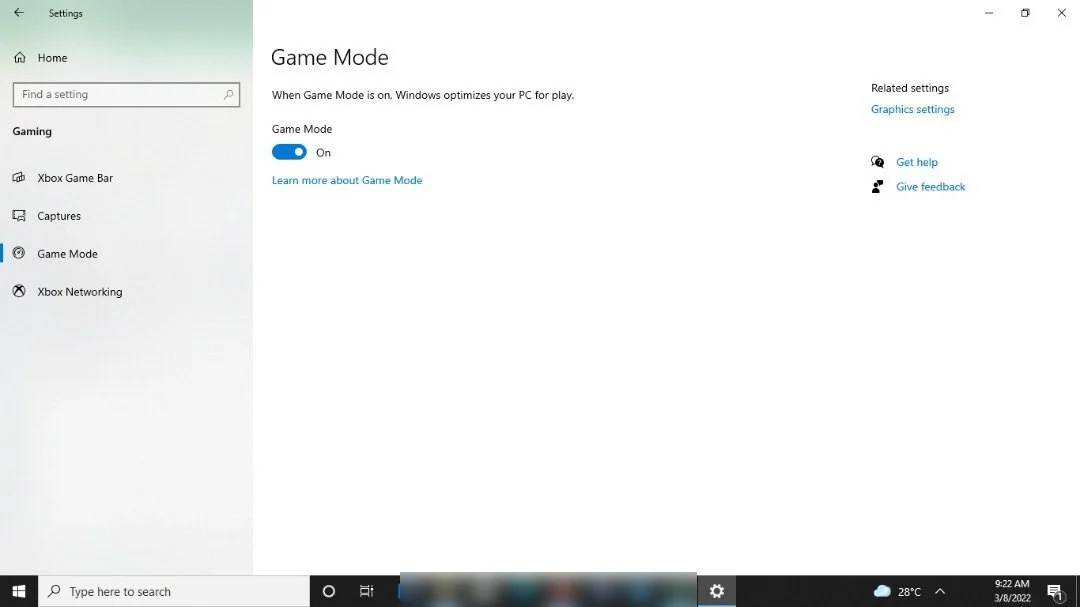
Turning off Game Mode can provide an instant boost to your PC’s performance. Remember, you can always re-enable it when you’re ready to immerse yourself in gaming again.
7. Install a Solid-State Drive
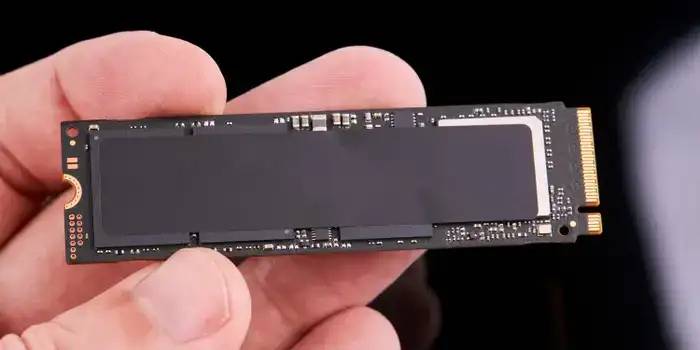
For significantly enhancing the speed of any older Windows computer, particularly those with traditional hard disk drives, the ultimate solution is to install a solid-state drive, commonly known as an SSD.
The advantages of an SSD are substantial:
– Windows boots several times faster.
– Programs launch in a fraction of the time.
– Increased durability due to the absence of moving parts, often outlasting conventional hard disk drives.
– The impact on performance can surpass even upgrading to a computer with a faster processor.
Installation feasibility depends on your computer type (desktop or laptop) and model. If you’re comfortable, you might be able to install the SSD yourself. Alternatively, seeking assistance from a computer repair shop is a reliable option if you prefer professional assistance.
8. Restart Computer
Improving your system’s speed can be as simple as shutting down and restarting your computer, a step that often gets overlooked despite its effectiveness.
Here’s a quick guide on how to shut down and restart your computer to speed up Windows 10:
- Open the Start menu.
- Click on the Power button.
- Select the shutdown option.
- A quick tip: Options like “Sleep” or “Hibernate” won’t reset the system or clear memory data.
- Press the power button to turn your computer back on.
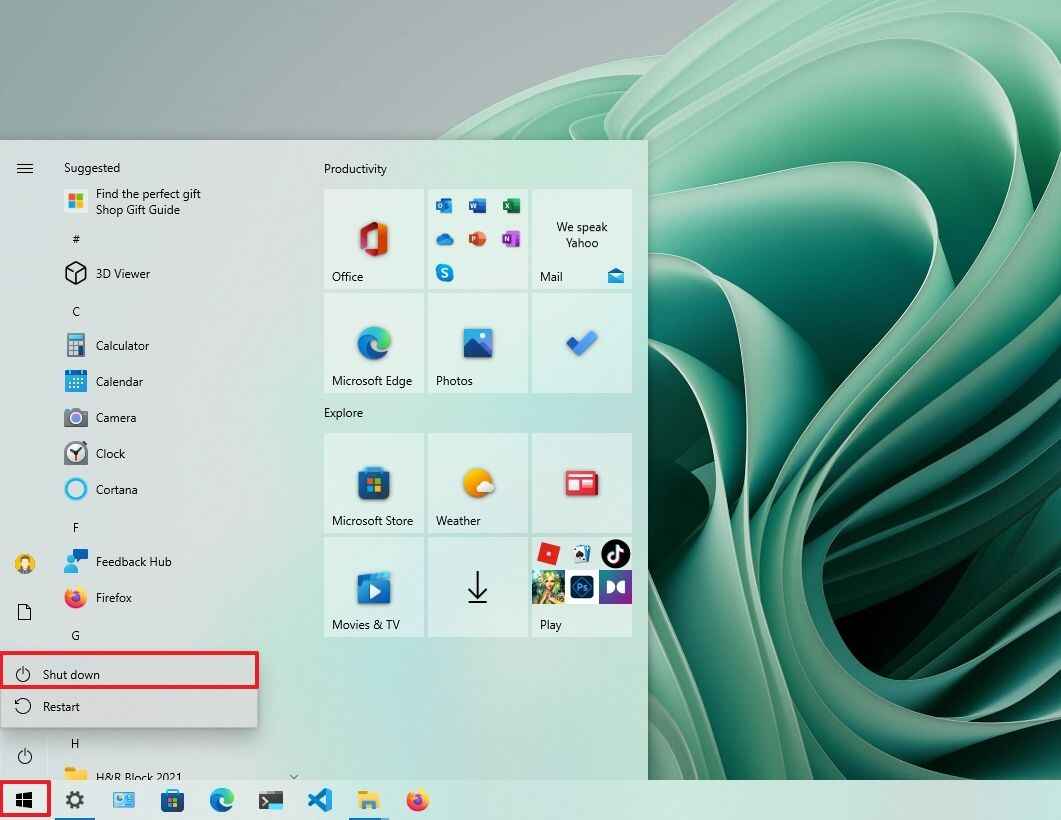
By following these steps, your Windows 10 system will undergo a restart, terminating applications and processes, and clearing memory data. This routine practice helps address everyday performance and stability issues, leading to a noticeable improvement in overall system performance.
9. Shut Down Tips and Tricks, as well as Cortana
Windows’ attempt at an audio assistant, Cortana, has not gained widespread use, and tips and tricks for Windows 10 in 2024 may not be necessary. These features, however, consume valuable computing resources, and disabling them can speed up your Windows 10 system. Here’s how to do it:
1. Launch the Settings app on your computer.
2. Navigate to Notifications and Actions.
3. Uncheck the option that reads ‘Get notifications from the app and other senders.’
While disabling Cortana might not be straightforward due to Microsoft’s preferences, you can use a guide to remove or disable Cortana. By doing so, you should experience a noticeable boost in your Windows 10’s performance.
10. Give Preference to Sleep mode on Your PC
Utilizing sleep mode for your computer can significantly reduce the time it takes to turn it on, as opposed to starting the system from a completely turned-off state. This efficiency is due to the fact that the current state of the system, since your last working session, is saved on the hard disk and is quickly loaded when the device is awakened.
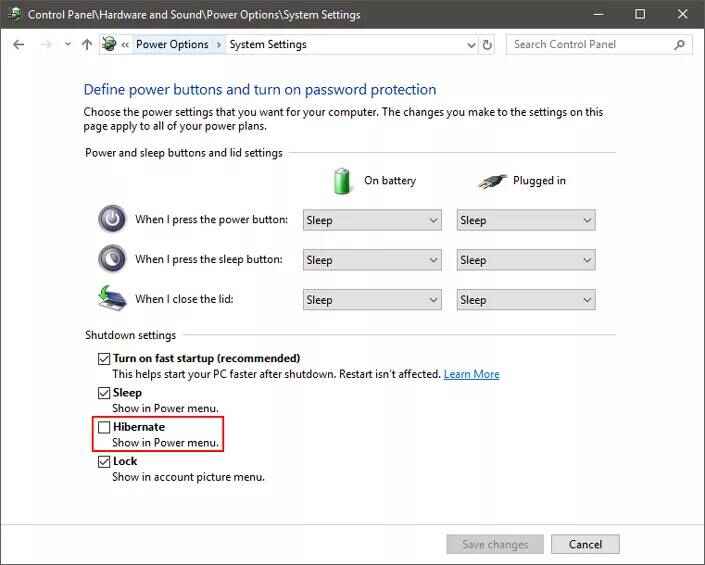
Encouraging your PC to “sleep” is a common practice for Mac users, as these devices can remain in this mode for almost a month while still functioning. Now, Windows users can confidently adopt this approach, keeping their computers in sleep mode for extended periods.
During sleep mode, only the RAM continues to perform its full-fledged work. It’s important to note that while sleep mode puts the computer into a hibernated state, it still consumes a small amount of battery power. Despite its energy consumption, sleep mode allows you to expedite your system’s performance to a certain extent, providing a balance between energy efficiency and operational speed.
11. Delete Temp Files to Free Up Space
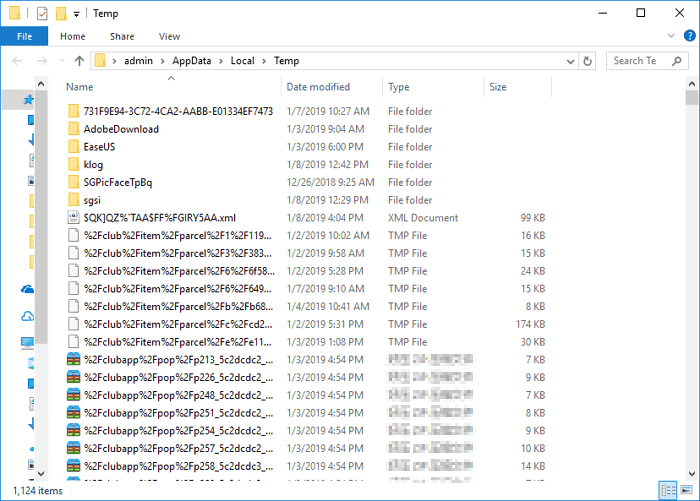
Clearing temporary files is an effective way to enhance your computer’s speed, as these files are only necessary temporarily and can accumulate over time, occupying valuable disk space. Here’s a step-by-step guide on how to delete temporary files to improve your computer’s performance:
1. Press the Windows Key, type “run,” and click on the Run application in the list.
2. In the Run dialog box, type “%temp%” and click OK. This will take you to the Windows Temp folder.
3. Select and delete all the files within the Temp folder.
Next, continue with the following steps:
4. Go back to the Run box, type “temp,” and click OK.
5. If a notification appears stating you don’t have permission to access this folder, click “Continue.”
6. Select and delete all the files within the folder.
Finally:
7. Go to the Run box again and enter “prefetch.” Click “Continue,” then delete all the files within the Prefetch folder.
By following these steps, you can efficiently remove unnecessary temporary files, contributing to a noticeable improvement in your computer’s performance.
12. Disable Search Indexing
To speed up Windows 10, you can consider turning off search indexing, which can consume system resources in the background. Here’s a step-by-step guide on how to disable search indexing:
1. Open the search explorer and type “services” (without quotes).
2. Click on the Services app in the results.
3. In the Services window, scroll down to find the “Windows Search” service.
4. Double-click on the “Windows Search” service.
5. In the Properties dialog window, click on the “Stop” button.
6. In the Startup Type drop-down menu, select “Disabled.”
7. Click on the OK button to apply the changes.
After completing these steps, it’s recommended to restart your PC to see if the performance has improved. Note that disabling search indexing may affect the search function in the Start menu, Settings app, and File Explorer.
Alternatively, you can also limit what Windows indexes using the Indexing Options dialog. Follow these additional steps:
1. Search for “indexing options” in the Start menu and click on the first result.
2. In the Indexing Options dialog, it will display the locations currently being indexed.
3. Click on “Modify” to add or remove items from the indexing process.
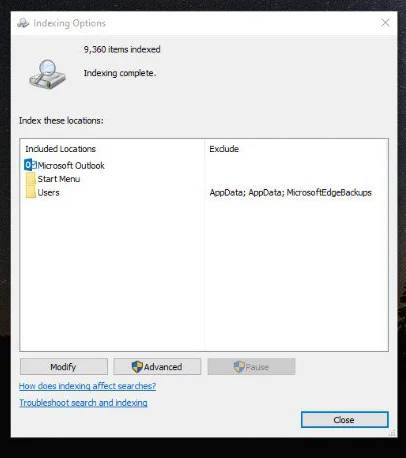
By adjusting search indexing settings, you can potentially enhance your computer’s performance while managing the impact on the search functionality.
13. Clear Your Browsing History & Cookies
If you notice that your browser is running slowly, it could be beneficial to clear your browsing history and cookies. Here’s a simple guide on how to do this:
- Open your web browser (e.g., Chrome, Firefox, Edge).
- Access the browser’s settings. This is typically represented by three dots (ellipsis) or lines in the top-right corner of the browser window.
- Navigate to the “History” or “Privacy” section.
For Google Chrome:
- Click on the three dots in the top-right corner.
- Go to “History” and then select “History.”
- Click on “Clear browsing data” on the left side.
- Choose the time range you want to clear (e.g., “Last hour,” “Last 24 hours,” “All time”).
- Select “Browsing history” and “Cookies and other site data.”
- Click on “Clear data.”
For Mozilla Firefox:
- Click on the three horizontal lines in the top-right corner.
- Go to “Library” and then select “History.”
- Click on “Clear Recent History.”
- Choose the time range and select “Browsing & Download History” and “Cookies.”
- Click on “Clear Now.”
For Microsoft Edge:
- Click on the three dots in the top-right corner.
- Go to “History” and then select “Clear browsing data.”
- Choose the time range and select “Browsing history” and “Cookies and other site data.”
- Click on “Clear.”
Regularly clearing your browsing history and cookies can help improve browser performance and keep your browsing experience smooth.
14. Hide all Non-Microsoft Services
Here’s a step-by-step guide to hide all non-Microsoft services using the System Configuration utility:
1. **Open the Run Dialog:**
– Press the **Windows key + R** to open the Run dialog.
2. **Access System Configuration:**
– Type **msconfig** into the Run dialog and press **Enter**.
3. **Navigate to the Services Tab:**
– In the System Configuration utility, click on the **Services** tab.
4. **Hide Microsoft Services:**
– Check the box that says **”Hide all Microsoft services”**. This option is usually located at the bottom of the window.
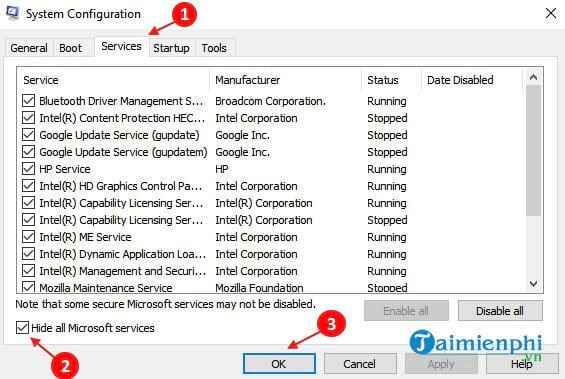
By selecting this option, you will hide all services provided by Microsoft, allowing you to focus on third-party services. Be cautious while making changes, as some services are essential for the proper functioning of the operating system. Ensure you only disable services you are certain are not critical for system stability.
15. Upgrade your RAM
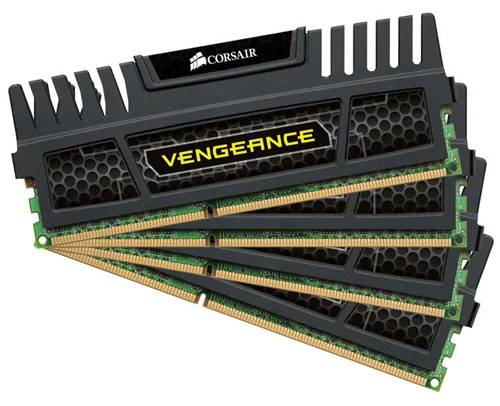
If you want to supercharge your PC’s speed and capabilities, consider upgrading your RAM (Random Access Memory). RAM is like your computer’s short-term memory, and having more of it can enhance performance, especially during demanding tasks like gaming or media production.
**Steps to Upgrade RAM:**
1. **Check Your Current RAM:**
– Open Task Manager by pressing **Ctrl + Alt + Delete** and click on **Performance**. Here, you can see the available memory slots and the type of RAM, such as DDR4.
2. **Determine Your RAM Needs:**
– Windows 10 typically requires a minimum of 4GB to run smoothly. Assess your needs based on your usage, and if you often engage in resource-intensive activities, upgrading your RAM can make a significant difference.
3. **Purchase Compatible RAM:**
– Identify the type of RAM your PC supports (e.g., DDR4) and purchase compatible modules. You can find this information in your PC’s documentation or online.
4. **Install the New RAM:**
– Power off your computer and locate the RAM slots on your motherboard. Insert the new RAM modules, ensuring they align with the notches. Apply gentle pressure until they click into place.
5. **Power On and Check:**
– Turn on your computer and check Task Manager again to confirm that the new RAM is recognized. You should experience improved performance in demanding tasks.
Upgrading your RAM is a straightforward way to enhance your computer’s capabilities, making it more responsive and efficient.
FAQ
Q: What should I do if Windows 10 is slow?
A: Check for issues like overheating, viruses, or problematic updates. If none, consider optimizing Windows 10 or upgrading your computer.
Q: How can I speed up Windows 10?
A: Upgrade hardware like HDD to SSD or consider optimizing system settings.
Q: How do I upgrade a computer under Windows 10?
A: Upgrade components like motherboard, processor, and RAM for better performance.
Q: Why is my Windows Server slow?
A: Possible reasons include malware, outdated drivers, or old hardware.
Q: Does RAM affect server speed?
A: Yes, enhancing RAM can significantly improve server speed.
Q: Why is my Windows VPS slow?
A: Besides malware or hardware issues, latency and an internet connection can affect VPS speed.
Q: Can switching to another Windows version improve speed?
A: It depends on your hardware. Generally, newer versions may offer slight improvements for modern PCs, but old PCs may benefit from older versions like Windows 7.

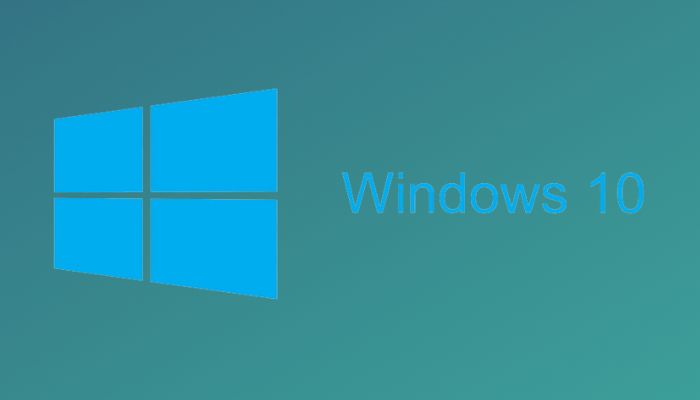












Comments